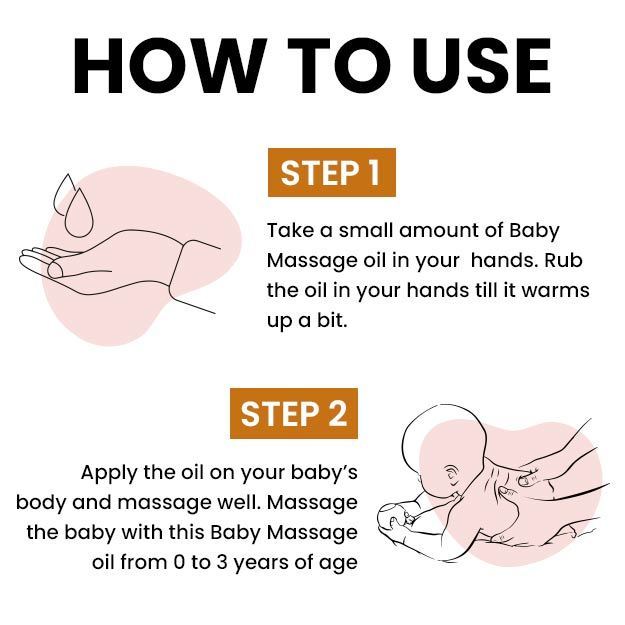Once you have ruled out an underlying condition and have found the cause of your child’s low appetite, you can easily mitigate the problem by following this advice that pediatricians give:
Start early
Include a wide variety of healthy and nutritious food in your own diet while you are pregnant and breastfeeding. Studies indicate that children accept new or certain foods more easily if the mother has taken it during pregnancy and breastfeeding. This is because your child also gets exposed to all of those flavours through amniotic fluid and later through breastmilk. (Read more: Post-pregnancy diet chart)
Don’t fuss
Before you declare that your child has a low appetite, it is important to ascertain that you are not just being too worried about their eating habits. A lot of parents think their child is eating less while he/she is eating just alright as per the age. Talk to a paediatrician or a dietician to know how much is required for children at particular ages.
Add more variety to food
Once your child starts to take in solid food, which is at about 6-8 months of age, do not hesitate in choosing from a variety of foods. This will reduce the chances of having a selective eating child later on. Infants generally prefer energy dense foods which include apples, potatoes, bananas and dislike salty foods. Instead of force-feeding, it is best that you give them small amounts of veggies and leafy greens. To get over neophobia, it is recommended that you offer the same food to your child at least 10- 16 times before deciding that they don’t like it at all.
Show your cooking skills
If your child does not seem to accept a certain food at first, try cooking it in different forms. They may like the same vegetable or fruit in a boiled or baked form rather than in a curry. Try experimenting with ingredients, mix and match, but do not go for fried or unhealthy options.
Be imaginative with the presentation
Just like an adult, children also love a good presentation, though in a bit more creative manner. Add a variety of colours to their plate and arrange foods in a more appealing manner. Cut fruits in different shapes or just serve a colourful whole wheat veggie sandwich with a smiley on the top. You can also buy cutlery or that bowl they loved on your shopping spree to make them more interested in eating.
Increase family time
Family, especially parents play an important part in developing eating habits in children. Whenever possible, have a family meal at the same table so your child can better enjoy better meal from your example. Eating with your child would also make it easier for you to keep tabs on their food intake.
Happy conversations
Talking about stressful topics on the dinner table or generally having a stressful environment at home is most commonly responsible for stress and anxiety in children. Try to talk about happy topics and avoid stress. Try to converse with your child (even if they can’t talk yet), ask them about themselves or their day or about the food. This will make them feel included and happier and thus they will eat better.
Include your child in the kitchen
You can make cooking a fun time for your children by including them in the kitchen. Give them small tasks like washing fruits and vegetables or differentiating colours and food names. If you are a gardener, you can introduce some easy gardening skills to your children like watering or sowing seeds. This will increase their interest in food at a whole different level and you never know they start to love those green vegetables too!
Reduce portion size of meals
If your child is not going by the conventional 3 meals a day method, give them smaller portions throughout the day. Include snacks, but opt for healthier snack options. Instead of giving cookies or french fries to your children, fix them a fruit salad, yoghurt with boiled vegetables or a whole wheat pasta with a lot of vegetables. Letting your child choose and plate their food themselves may also help increase their interest in eating.
Do not skip breakfast
As the first meal of the day, breakfast is really important to provide energy and kick start the digestive system for the whole day. Cook nutritious breakfast and don’t forget to give variations every day.
Reduce the amount of juices
Taking one too many glasses of fruit juice or any kind of sweet beverage just adds to the calorie count and does not contribute to the nutritional status of your child. It is important that you give no more than 1-2 glasses of fruit juice to your child so they can eat more. Similarly, do not make milk a whole meal and instead of giving milk, chose other dairy products such as cottage cheese and yoghurt. Apart from being more filling, they also enhance appetite and provide proteins for proper growth of your little ones.
Go nutrient dense not energy dense
Most of the time, even if your child has fed properly, it is only fulfilling their energy needs while leaving out nutritional requirements. Educate yourself with the various nutrient needs of the child according to age and include more nutrient-rich food in their diet. For example, iron is needed for the proper development of a child’s brain and zinc is essential to improve appetite in children. Similarly, vitamin B complex is required for the overall growth of children. According to the Centre for Disease Control, a healthy and nutritious plate consist of 5 main types of ingredients: Whole grains, fruits and vegetables, healthy oils, low-fat dairy and proteins.
Avoid punish and reward policy
Using food as a form of punishment for children is as bad as force-feeding them. Eventually, your child will start to hate certain foods and like those which they get for reward. The latter more likely than not comprising of fried and processed food. Instead, try to make all foods interesting or by cooking it the way they like.
Keep your child busy
Active children tend to burn more calories and are less prone to appetite reduction. So, encourage them to go out and play. Also, slowly but gradually reduce TV, cell-phone and other distractions, especially when they are eating since some children do not eat without these. More physical activity has an additional benefit of a healthier body and growth.
Reduce fried and processed food
Ready to eat or fried food may make your child eat and save your time but it is definitely not good for their appetite or health. Reduce the number of french fries, chips, samosas and pakoras and bring in more boiled corn, vegetable pies, fruit cakes and baked foods. Do not pressurise your child to avoid certain foods. Studies suggest that this kind of behaviour makes them binge more on the said forbidden food.
Spice it up
If your child does not like boiled or plain food, add appetite enhancing spices such as cinnamon, oregano, thyme, basil, and black pepper. However, too much spicy food has its own side effects for babies. So, you must be careful.




















